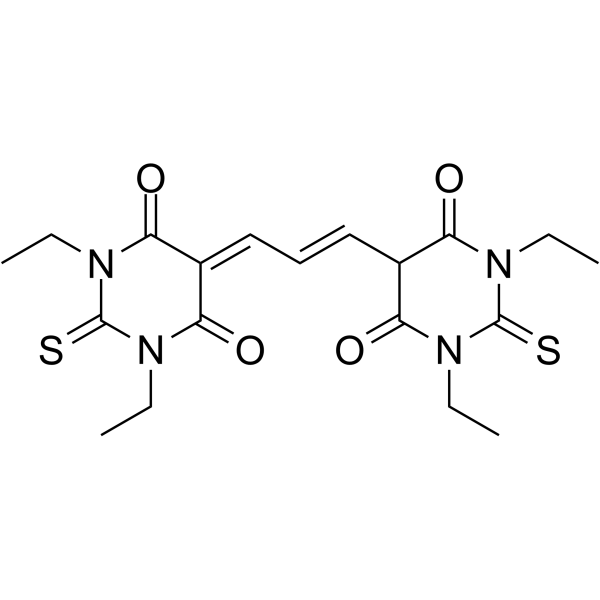Simultaneous mechanical stiffness and electrical potential measurements of living vascular endothelial cells using combined atomic force and epifluorescence microscopy.
Chiara Callies, Peter Schön, Ivan Liashkovich, Christian Stock, Kristina Kusche-Vihrog, Johannes Fels, Alexandra S Sträter, Hans Oberleithner
Index: Nanotechnology 20(17) , 175104, (2009)
Full Text: HTML
Abstract
The degree of mechanical stiffness of vascular endothelial cells determines the endogenous production of the vasodilating gas nitric oxide (NO). However, the underlying mechanisms are not yet understood. Experiments on vascular endothelial cells suggest that the electrical plasma membrane potential is involved in this regulatory process. To test this hypothesis we developed a technique that simultaneously measures the electrical membrane potential and stiffness of vascular endothelial cells (GM7373 cell line derived from bovine aortic endothelium) under continuous perfusion with physiological electrolyte solution. The cellular stiffness was determined by nano-indentation using an atomic force microscope (AFM) while the electrical membrane potential was measured with bis-oxonol, a voltage-reporting fluorescent dye. These two methods were combined using an AFM attached to an epifluorescence microscope. The electrical membrane potential and mechanical stiffness of the same cell were continuously recorded for a time span of 5 min. Fast fluctuations (in the range of seconds) of both the electrical membrane potential and mechanical stiffness could be observed that were not related to each other. In contrast, slow cell depolarizations (in the range of minutes) were paralleled by significant increases in mechanical stiffness. In conclusion, using the combined AFM-fluorescence technique we monitored for the first time simultaneously the electrical plasma membrane potential and mechanical stiffness in a living cell. Vascular endothelial cells exhibit oscillatory non-synchronized waves of electrical potential and mechanical stiffness. The sustained membrane depolarization, however, is paralleled by a concomitant increase of cell stiffness. The described method is applicable for any fluorophore, which opens new perspectives in biomedical research.
Related Compounds
| Structure | Name/CAS No. | Molecular Formula | Articles |
|---|---|---|---|
 |
Bis-(1,3-diethylthiobarbituric acid)trimethine oxonol
CAS:47623-98-3 |
C19H24N4O4S2 |
|
Membrane potential changes visualized in complete growth med...
1997-03-15 [Exp. Cell Res. 231(2) , 260-8, (1997)] |
|
Peroxynitrite affects Ca2+ influx through voltage-dependent ...
2001-01-01 [J. Neurochem. 76(2) , 341-50, (2001)] |
|
A membrane potential-sensitive dye for vascular smooth muscl...
2003-01-31 [Biochem. Biophys. Res. Commun. 301(1) , 113-8, (2003)] |
|
Measurement of membrane potential of endothelial cells in si...
1995-09-01 [Microvasc. Res. 50(2) , 183-98, (1995)] |
|
Discrimination between cystic fibrosis and CFTR-corrected ep...
2002-01-01 [Exp. Lung Res. 28(3) , 181-99, (2002)] |